Name Alfred Herrhausen Role Banker | Education University of Cologne | |
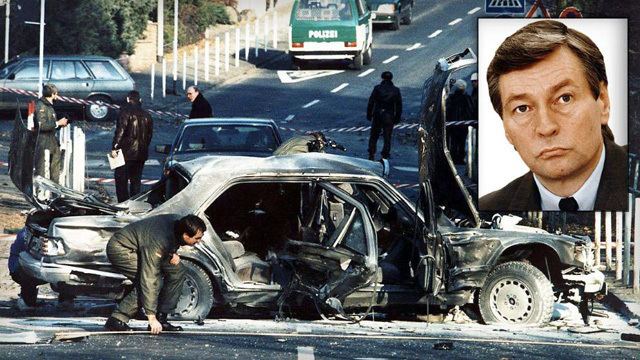 | ||
Assassinated November 30, 1989, Bad Homburg vor der Hohe, Germany Children Bettina Herrhausen, Anna Katharina Herrhausen Similar People Detlev Karsten Rohwedder, Hanns Martin Schleyer, Jurgen Ponto, Traudl Herrhausen, Siegfried Buback Born 30 January 1930 (age 59), Essen Died 30 November 1989 (aged 59), Bad Homburg vor der Höhe | ||
Alfred herrhausen 1930 1989
Alfred Herrhausen (30 January 1930 – 30 November 1989) was a German banker and the Chairman of Deutsche Bank, who was assassinated in 1989. He was a member of the Steering Committee of the Bilderberg Group and from 1971 onwards a member of Deutsche Bank's Management Board. An advisor to Helmut Kohl and a proponent of a unified European economy, he was also an influential figure in shaping the policies towards developing nations. He was assassinated, probably by the West German far-left militant group Red Army Faction, when an explosively formed projectile penetrated his armored convoy.
Contents
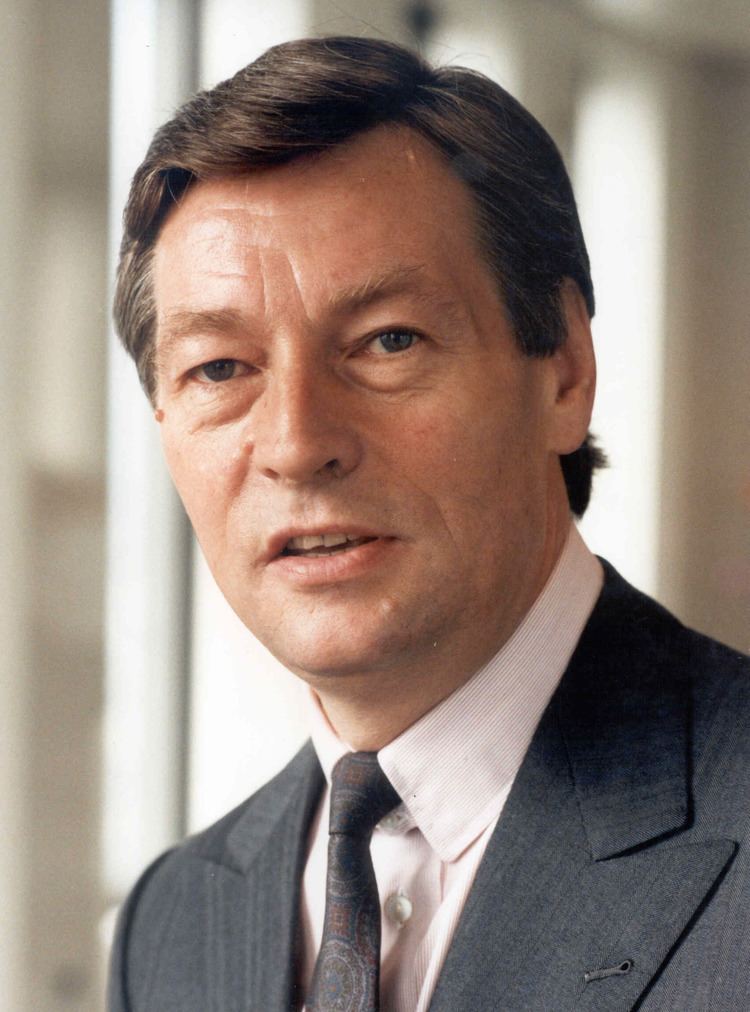
Alfred herrhausen 1989 1 5 mp4
Assassination
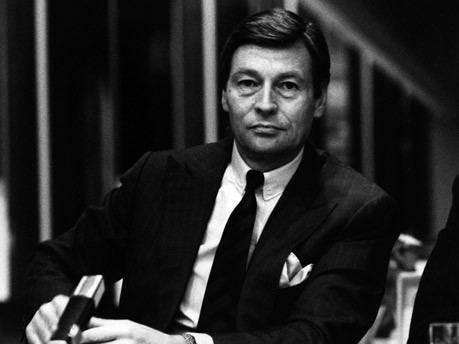
Herrhausen was killed by a sophisticated roadside bomb shortly after leaving his home in Bad Homburg on 30 November 1989. He was being chauffeured to work in his armoured Mercedes-Benz, with bodyguards in both a lead vehicle and another following behind. The 7 kg bomb was hidden in a bag on a bicycle parked next to the road that the assassins knew Herrhausen would be traveling in his three-car convoy. The bomb was detonated when Herrhausen's car interrupted a beam of infrared light as it passed the bicycle. The bomb targeted the most vulnerable area of Herrhausen's car – the door where he was sitting – and required split-second timing to overcome the car's special armour plating. The bomb utilized a Misznay–Schardin mechanism. A copper plate, placed between the explosive and the target, was deformed and projected by the force of the explosion. It is unlikely that this improvised explosive device had the precise engineering required to form the liner into a more effective slug or "carrot" shape (as in a shaped charge or an explosively formed penetrator (EFP)). The detonation resulted in a mass of copper being projected toward the car at a speed of nearly two kilometers per second, effectively penetrating the armoured Mercedes. Herrhausen's legs were severed and he bled to death.
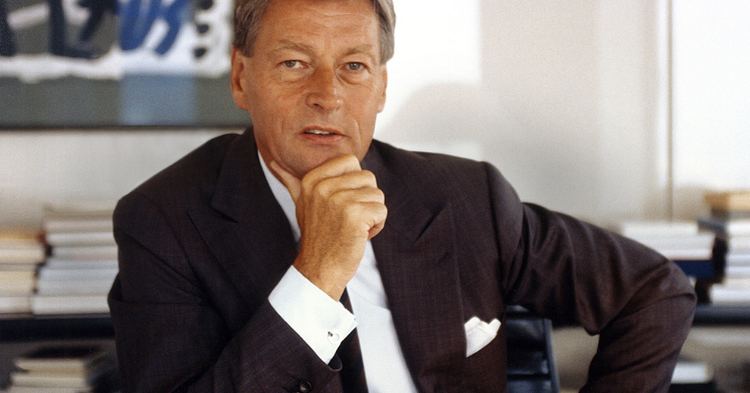
No one has ever been charged with the murder. For a long time, the German federal prosecutor's office listed Andrea Klump and Christoph Seidler of the Red Army Faction as the only suspects. The Federal Criminal Police Office (Germany) presented a chief witness, Siegfried Nonne, who later retracted his statements in which he claimed to have sheltered four terrorists in his home. His half-brother Hugo Föller furthermore declared that no other persons had been at the flat at the time. On 1 July 1992 German television broadcast Nonne's explanations of how he was coached and threatened by the Verfassungsschutz, the German internal intelligence agency, to become the main witness. In the same year, the Alfred Herrhausen Society was established to honour his memory. In 2004 the federal prosecutor dropped the charges against the Red Army Faction; the investigation was to continue without naming a suspect. Certain German and US media connected the assassination of Alfred Herrhausen to the Staatssicherheitsdienst (Stasi) of the GDR.
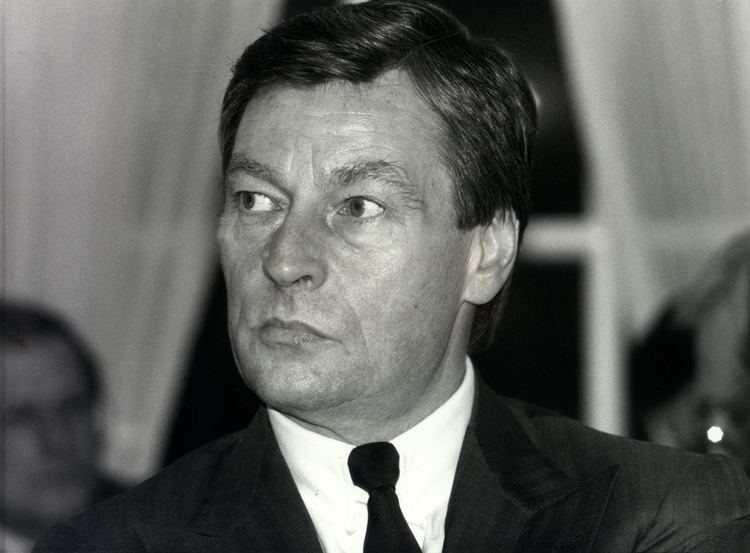
The 2001 German documentary film Black Box BRD retells the lives and deaths of Alfred Herrhausen and Wolfgang Grams, a Marxist terrorist who was a major suspect in the attack on Herrhausen.
In 2008, journalist Carolin Emcke published Stumme Gewalt (Mute Force), a memorial to Herrhausen, her godfather, encouraging dialogues between groups in societies, dialogues without violence, revenge and disrespect. She received the Theodor Wolff Prize for the text.
